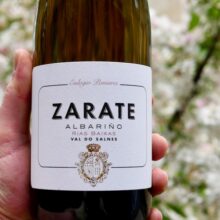
Product information
Zárate Albariño 2022
$68
Description
Initially restrained on the nose it slowly builds through complexing earthiness & the fruit shines, with subtle generosity layered in from time on fine lees.
Fresh, electric energy with the flavour to back it! Sherbety saline acid, super ripe lemon, super zippy, crunchy & juicy, with a phenolic crunch and play. Incredible transparency and delicacy.
It carries a wee bit of spritz that adds to the already refreshing nature of this delicious beverage and will ensure it’s longevity.
A ripping example of Albariño!
The young, eponymous and unoaked Albariño 2022 Zarate feels stunning, super balanced, clean, expressive and round, a crowd pleaser. It’s complex and harmonious, elegant and gentle. It’s super tasty, with fully developed aromas and flavors and a long, salty finish. It has 13% alcohol and a soft texture. It’s approachable, but it will also age. 60,000 bottles were produced. It was bottled in 10,000 bottle lots from February to June/July 2023. Drink 2023-2028
Luis Gutiérrez, The Wine Advocate 93 Points
In stock
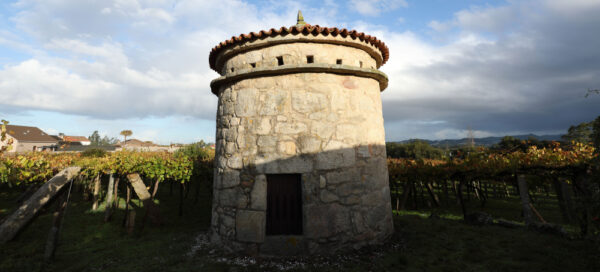
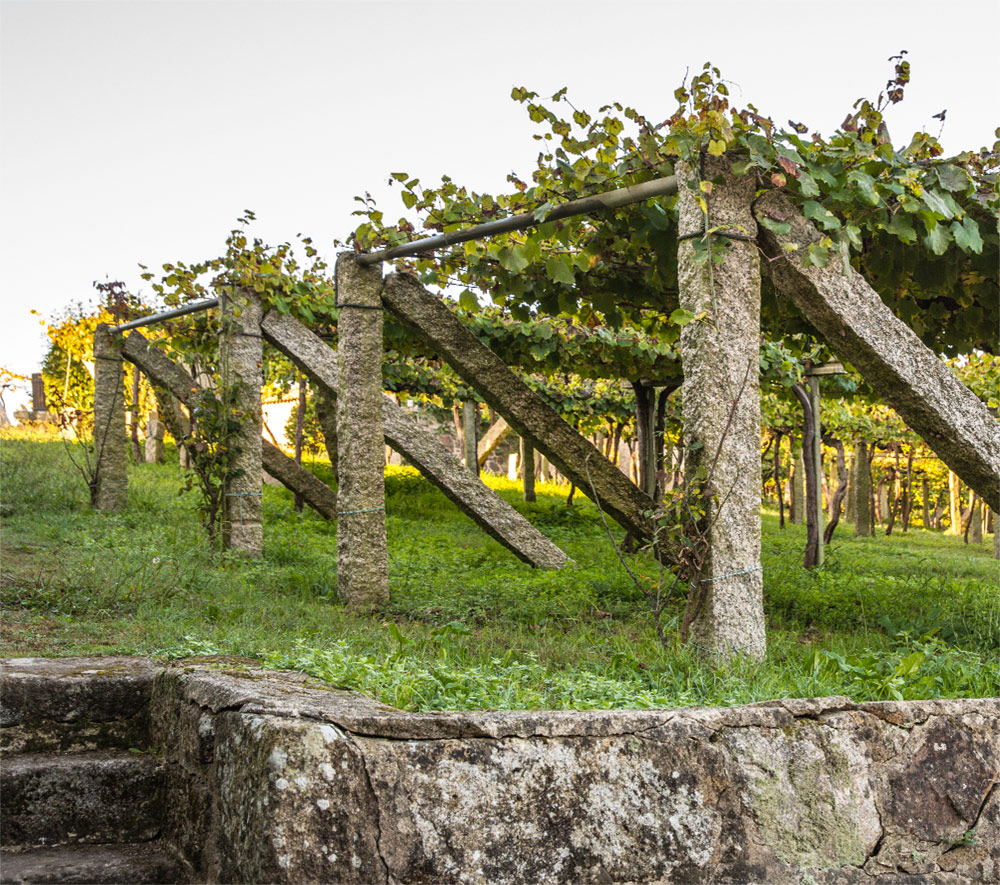
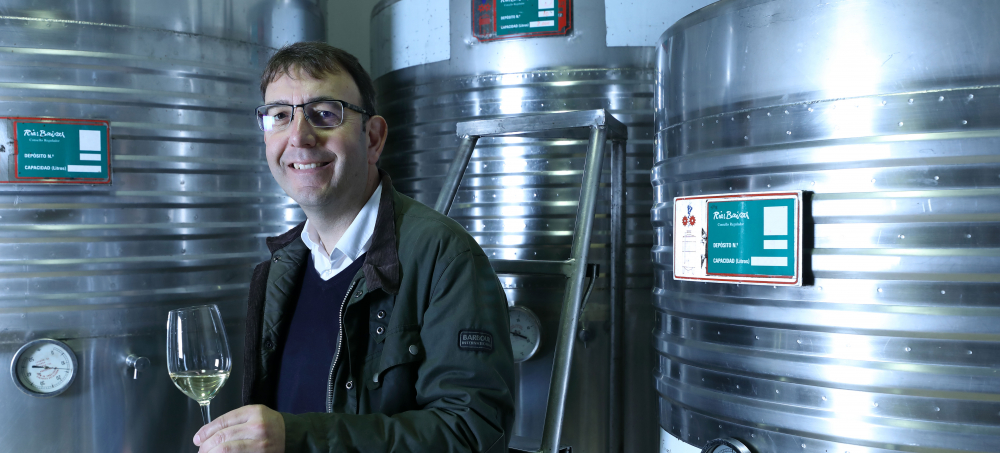
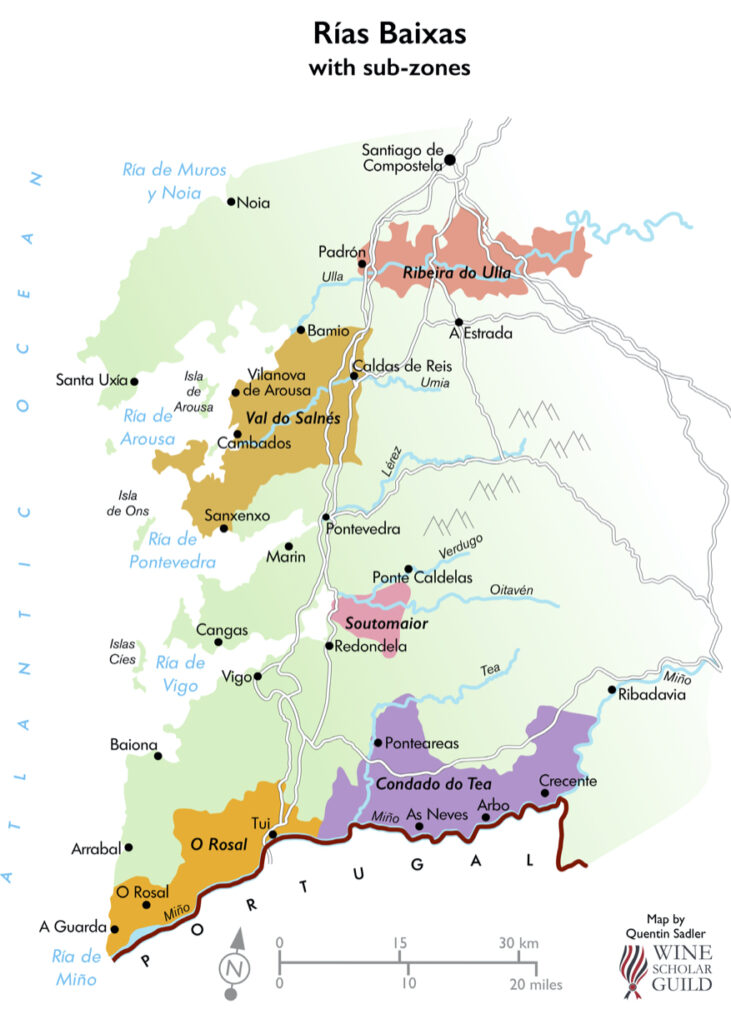
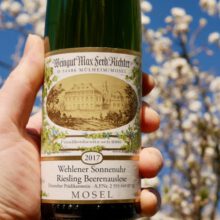



You must be logged in to post a comment.